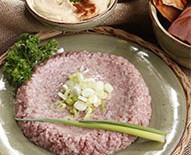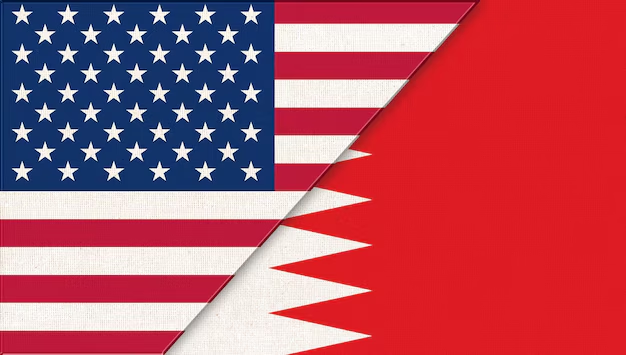Intercultural Exchange Between the Ottoman Turks and the Arab World
By: Norah Soufraji/ Arab America Contributing Writer
At its peak the Ottoman Empire spanned three continents and served as the crossroads between East and West. The conquest of the Arab World began in 1516-1517 and control of the Middle East lasted for four hundred years until various defeats during WW I and the Arab Revolt of 1918. During the Ottoman period, there were many instances of mutual Arab and Ottoman cultural influence and exchange. Through such areas as social life, performance art, clothing, and music, we see instances of how Arab and Turkish culture blended together throughout the centuries.
Coffee Culture
Turkey is known throughout the world for Turkish coffee, a bitter and aromatic delight best enjoyed with a small sweet or pastry on the side. However, did you know that the Turks’ love and passion for coffee has its roots in the Arab world? It all began when emissaries sent to govern Yemen returned to the court of Sulieman the Magnificent with a steaming and energetic drink called qahwah.
From that point on, Sultan Sulieman became a devoted lover of coffee. Ottoman palaces throughout the ages would also have coffee masters with assistants to help roast and grind Arabica beans for the Sultan’s household. Additionally, the very first coffee house in Istanbul was opened by two merchants from Damascus. Popularity of coffeehouses spread like wildfire throughout Turkey and Istanbul in particular with a grand total of 2,500 coffee houses by the end of the 19th century.
Meddah: The One Person Show
With coffee houses becoming centers of social life throughout the Ottoman empire, a new form of performance art also became popular. Meddah or “the one person show” became a fixture of the Ottoman coffee house scene. With roots in Arabic and Persian tradition, traveling artists would sit on tall chairs and entrance audiences especially during the nights of Ramadan. Meddahs would often narrate epic tales such as Layla and Majnun or stories from One Thousand and One Nights.
These storytellers also shared tales which had moral lessons and Islamic values meant to convert non-Muslim audience members. This tradition of public story-telling can still be found in the antique cafes in Syria and other parts of the Middle East, likely a remnant of the Ottoman times.
Clothing
The red felted cylinder hat known as the tarboosh or fez has often been associated with the Middle East and North Africa and that is largely due to its heyday back during the Ottoman Empire. Tarboosh is a combination of loan words from Persian. In Turkish, ter means “sweat” and pošu means “a light turban cloth”. The hat is also referred to as a fez derived from the Moroccan city of Fez where the traditional red dye for the hats originated. In Ottoman society, the hat served as an indicator of social status as well as religious dedication. It was also donned as a part of the Ottoman military uniform.
Wearing a fez or tarboosh became exceedingly common all throughout the Ottoman empire, from Southeast Europe to the Middle East and North Africa. The hat later became synonymous with an Orientalist depiction of the region. In 1925, the hat was outlawed by Mustafa Kemal Ataturk in an attempt to “modernize” Turkish society. Nowadays, the tarboosh is still worn in traditional North African clothing, particularly in Morocco. In fact, in Morocco wearing the hat became a symbol of local cultural pride following a period of decolonization from France.
Music
Yet another fascinating example of intercultural connections between the Arab World and the Ottomans is the influence of traditional Turkish music on Arabic music. Traditional Arabic instrumental compositions are firmly based in the methodology of the makam which is derived from Ottoman compositions. Makam refers to the system of modes which are used to compose a melody.
Early Ottoman makam was inspired by the intercultural nature of the empire and was also based on Byzantine ochtoechoes. Musical genres familiar to Arab composers such as sama’t and bashraf, or in Turkish saz semai and pesrev respectively, made their way to the Arab world through the religious Sufi music originating in Turkey. One of the most famous Arabic composers and singers, Mohammed Abdel Wahab, who wrote for such stars as Om Kalthoum, Abdel Halim Hafez, and Nagat El Saghira, was greatly inspired by traditional composers such as the Armenian-Turkish Tatyos Efendi.
Interestingly, in an interview which only appeared in Turkish language newspapers, a Turkish journalist named Murad Bardakji, who lived in Cairo for several years, had a rare opportunity to interview Abdel Wahab himself and discussed this subject at length. During the interview, Abdel Wahab revealed that his mother was actually Turkish and came to Egypt to live with her family before marrying his father. He also expressed a reverence for Turkish music stating, “The Arabs learned from the Turks. We took a lot from you and changed it to suit our music”. The Arabic translation of this rare interview can be found here.
Check out Arab America’s blog here!








